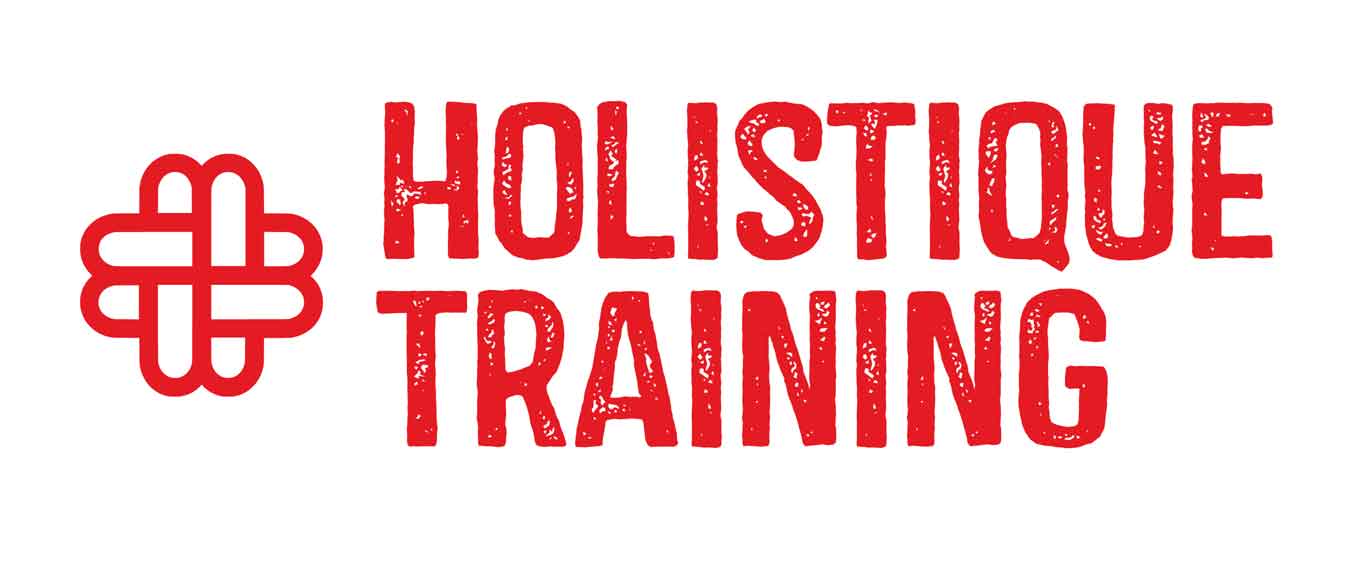This course offers a deep dive into the intricacies of customs procedures and tariff regulations, equipping participants with the knowledge and tools to operate effectively in international trade environments. As global trade becomes increasingly interconnected and regulated, understanding customs frameworks and tariff classifications is essential for avoiding costly delays, ensuring compliance, and maximising trade opportunities.
Participants will explore the processes that govern the movement of goods across borders, from import/export documentation and customs declarations to harmonised system codes, valuation methods, and preferential trade agreements. They will gain practical skills in managing compliance risks, interacting with customs authorities, and leveraging tariff advantages under global and regional frameworks.
This course also introduces digital tools and emerging trends in trade facilitation, such as e-customs, automated clearance systems, and blockchain applications, helping participants stay ahead in a rapidly evolving landscape.
By the end of this course, participants will be able to:
- Understand the legal and operational foundations of customs and tariffs in global trade.
- Classify goods accurately using the Harmonised System (HS) and apply tariff rules correctly.
- Prepare and process customs declarations and supporting documentation.
- Navigate preferential trade regimes, rules of origin, and duty relief programs.
- Identify and manage customs compliance risks.
- Apply digital customs tools and anticipate future developments in trade regulations.
- Engage effectively with customs authorities and logistics partners.
This course is ideal for:
- Export and import professionals in trading companies.
- Customs brokers and freight forwarders.
- Logistics and supply chain managers.
- Trade compliance officers and consultants.
- Procurement specialists working in global sourcing.
- Government officials and policy advisors in trade and customs.
- Legal and finance teams involved in international operations.
The course combines expert-led lectures, guided case study discussions, real-life trade simulations, and interactive group exercises. Participants will analyse customs scenarios, complete mock declarations, and evaluate risk mitigation strategies. Templates, checklists, and digital tools will be provided for practical application in the workplace. Peer collaboration and reflection will further support the transfer of learning into action.
Day 5 of each course is reserved for a Q&A session, which may occur off-site. For 10-day courses, this also applies to day 10
Section 1: Introduction to International Customs Procedures
- The role of customs in international trade and economic regulation.
- Overview of global trade agreements and regulatory bodies (WTO, WCO).
- Key stages in cross-border goods movement.
- Incoterms and their relevance to customs procedures.
- Types of customs regimes: import, export, transit, bonded warehousing.
- Common trade documentation and customs forms.
Section 2: Harmonised System (HS) Classification and Tariff Schedules
- Understanding the structure of the Harmonised System (HS).
- Determining correct HS codes: principles and practical methods.
- Impact of HS classification on duties, taxes, and controls.
- World Customs Organization (WCO) and classification updates.
- Case studies: Product classification errors and their consequences.
- National tariff schedules and customs duties.
Section 3: Customs Valuation and Duty Calculations
- Methods of customs valuation under the WTO Valuation Agreement.
- Transaction value method and alternative valuation methods.
- Factors affecting customs value (freight, insurance, royalties, commissions).
- Calculating import duties, VAT, and excise taxes.
- Currency conversion and declared value risks.
- Valuation disputes and how to manage them.
Section 4: Preferential Trade Agreements and Rules of Origin
- Understanding Free Trade Agreements (FTAs) and Economic Partnership Agreements.
- Concepts of origin: preferential vs. non-preferential.
- Certificate of Origin: types, issuance, and verification.
- Cumulation, minimal operations, and product-specific rules.
- Duty relief programs: GSP, duty drawbacks, inward/outward processing.
- Practical exercise: Determining origin for a traded product.
Section 5: Risk Management and Trade Compliance
- Overview of trade compliance requirements and internal controls.
- Managing customs audits and investigations.
- Record-keeping and post-entry review obligations.
- Recognising red flags for customs fraud and misdeclaration.
- Penalties and dispute resolution mechanisms.
- Building a compliance culture in trade operations.
Section 6: Digital Customs, Automation, and Future Trends
- The shift toward e-customs and single window platforms.
- Automated customs clearance and declaration systems.
- Blockchain and artificial intelligence in trade and customs.
- Emerging standards for electronic documentation (e-CMR, e-Invoice).
- The role of digitisation in improving transparency and efficiency.
- Preparing for future challenges: sanctions, digital tariffs, and carbon border adjustments.
Section 7: Strategic Planning for Market Entry and Customs Strategy
- Mapping customs requirements for new international markets.
- Building a customs and tariffs strategy for product launches.
- Working with customs brokers and logistics providers effectively.
- Cost analysis of customs duties and trade barriers.
- Adapting customs strategies to geopolitical and economic shifts.
- Final group project: Create a market entry plan with customs strategy.
Upon successful completion of this training course, delegates will be awarded a Holistique Training Certificate of Completion. For those who attend and complete the online training course, a Holistique Training e-Certificate will be provided.
Holistique Training Certificates are accredited by the British Accreditation Council (BAC) and The CPD Certification Service (CPD), and are certified under ISO 9001, ISO 21001, and ISO 29993 standards.
CPD credits for this course are granted by our Certificates and will be reflected on the Holistique Training Certificate of Completion. In accordance with the standards of The CPD Certification Service, one CPD credit is awarded per hour of course attendance. A maximum of 50 CPD credits can be claimed for any single course we currently offer.
- Course Code IND09-112
- Course Format Classroom, Online,
- Duration 5 days










